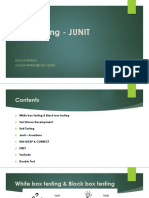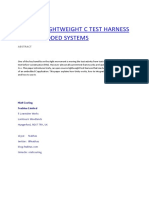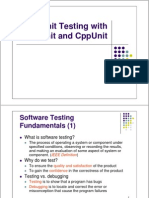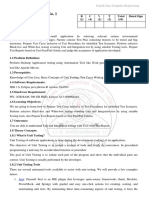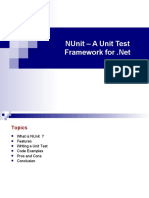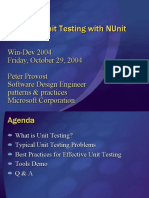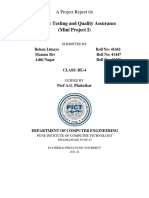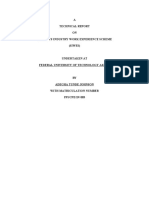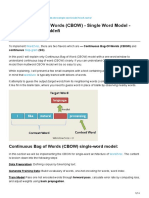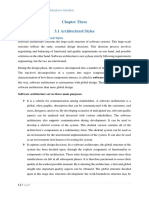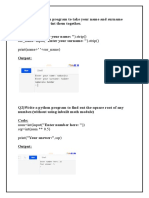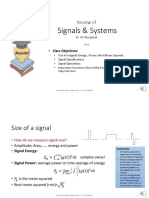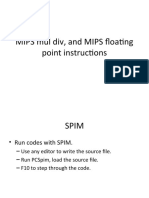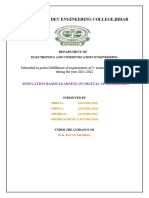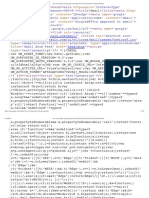0% found this document useful (0 votes)
164 views21 pagesAutomated Testing for Developers
This document introduces automated unit testing frameworks like xUnit. It explains that automated testing is necessary to efficiently test code in a standardized, repeatable way. A testing framework provides reusable functionality to write and automatically run unit tests. Key concepts discussed include test cases, test suites, assertions, and test reports. Examples using JUnit in Java are provided. Advice emphasizes writing isolated, focused, and fast tests and integrating them into continuous integration and version control workflows.
Uploaded by
Ali RojasCopyright
© © All Rights Reserved
We take content rights seriously. If you suspect this is your content, claim it here.
Available Formats
Download as PDF, TXT or read online on Scribd
0% found this document useful (0 votes)
164 views21 pagesAutomated Testing for Developers
This document introduces automated unit testing frameworks like xUnit. It explains that automated testing is necessary to efficiently test code in a standardized, repeatable way. A testing framework provides reusable functionality to write and automatically run unit tests. Key concepts discussed include test cases, test suites, assertions, and test reports. Examples using JUnit in Java are provided. Advice emphasizes writing isolated, focused, and fast tests and integrating them into continuous integration and version control workflows.
Uploaded by
Ali RojasCopyright
© © All Rights Reserved
We take content rights seriously. If you suspect this is your content, claim it here.
Available Formats
Download as PDF, TXT or read online on Scribd
/ 21

